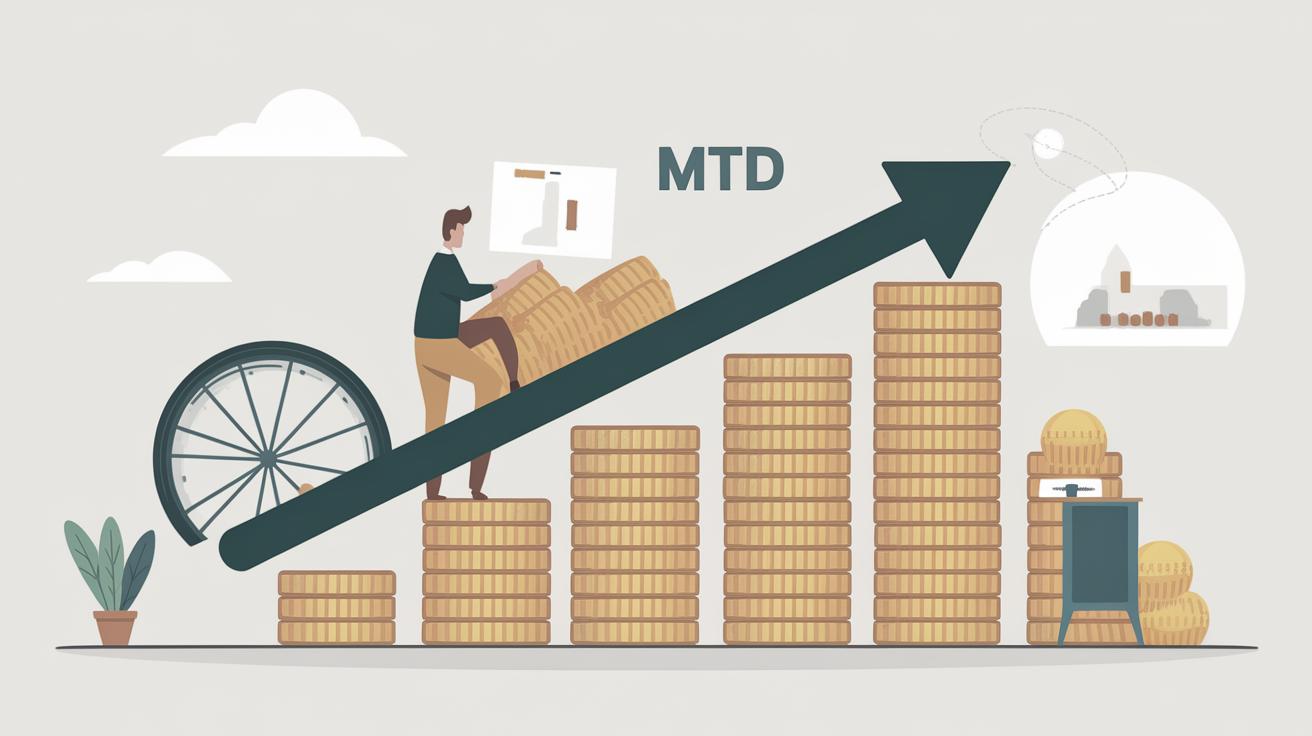How to Become an Insolvency Practitioner
For those considering a career as an insolvency practitioner, there are several critical steps and qualifications involved. This blog post will guide you through the process, providing detailed insights into the Chartered Insolvency and Restructuring Professional Qualifications Program, the Oral Board of Examination, and how to submit an online application for a trustee licence. These components are essential on your journey to becoming an insolvency practitioner, a career that offers the opportunity to help individuals and businesses navigate financial difficulties. This article will serve as a roadmap to start, enhance, or pivot your professional life towards insolvency practice.
Chartered Insolvency and Restructuring Professional Qualifications Program
The Chartered Insolvency and Restructuring Professional (CIRP) Qualifications Program is a cornerstone for aspiring insolvency practitioners. It is a comprehensive program designed to provide candidates with the necessary theoretical knowledge and practical skills. The curriculum covers various aspects of insolvency, from corporate restructuring to personal bankruptcy, ensuring that practitioners are well-prepared to handle complex financial situations. Enrolling in this program not only develops your expertise but also aligns you with industry standards and practices.
Having a CIRP designation significantly enhances your credibility and career prospects. The program is rigorous, often requiring dedication and commitment over several months or years, depending on one’s pace and prior experience. Participants benefit from a combination of online modules, in-person workshops, and access to a network of professional peers and mentors. This blend of learning methodologies ensures a well-rounded educational experience, instrumental in navigating the multifaceted world of insolvency.
In addition to educational opportunities, the CIRP program also provides avenues for continuous professional development. As economic climates change, the field of insolvency does too, necessitating ongoing learning and adaptation. By committing to this program, you signal to employers and clients alike that you uphold the highest standards of professional integrity and competency.
Oral Board of Examination
The Oral Board of Examination is a critical step in the certification process for insolvency practitioners. This rigorous assessment evaluates not only a candidate’s knowledge but also their ability to apply it in real-world scenarios. Conducted by experienced professionals in the field, the examination simulates real-life situations where candidates must demonstrate their problem-solving skills, ethical judgment, and adaptability.
Preparing for the Oral Board of Examination involves a combination of reviewing theoretical concepts and engaging in practical exercises. Study groups and mock examinations can be invaluable in this process, offering candidates a forum to test their understanding and receive feedback. Additionally, mentorship from those who have successfully passed the examination can offer unique insights into effective strategies and common pitfalls.
A successful performance in this examination not only marks a candidate’s readiness to take on professional challenges but also contributes to their professional standing. Passing the Oral Board signifies that a practitioner has earned the trust of their peers and is equipped to uphold the standards of the field, thereby enhancing their credibility with clients and colleagues alike.
Online Application for Trustee Licence
Securing a trustee licence is a pivotal step for any insolvency practitioner. The online application process has streamlined this phase, making it more accessible and efficient. However, it requires careful attention to detail and an understanding of the regulatory framework governing insolvency practice. Applicants must provide comprehensive documentation, which may include proof of the CIRP designation, evidence of professional experience, and personal identification.
The application process typically involves several stages, including the completion of forms, payment of applicable fees, and submission of required documents. It is crucial to ensure that all information is accurate and submitted within the stipulated timelines to avoid delays. Many jurisdictions also stipulate ongoing professional education requirements that must be met for the maintenance of the licence.
Once granted, a trustee licence enables practitioners to engage directly with clients and offer formal insolvency services. It also obliges them to adhere to a professional code of conduct, ensuring that their practices are ethical and compliant with legal standards. In this way, obtaining a trustee licence represents both a career milestone and a commitment to maintaining the integrity of the profession.
Summary of Main Points
| Step | Description |
|---|---|
| Chartered Insolvency and Restructuring Professional Qualifications Program | A comprehensive program providing essential knowledge and skills in insolvency, enhancing career prospects and professional credibility. |
| Oral Board of Examination | A critical assessment testing knowledge application in real-world scenarios, ensuring readiness and professional integrity. |
| Online Application for Trustee Licence | A necessary process for legally conducting insolvency practices, involving application submission, fees, and compliance documentation. |


